Shipping Container Homes: Understanding the Pros and Cons
Shipping container homes are a cost-effective, customizable alternative to a walk-up in New York or a traditional two-bedroom home in the suburbs.
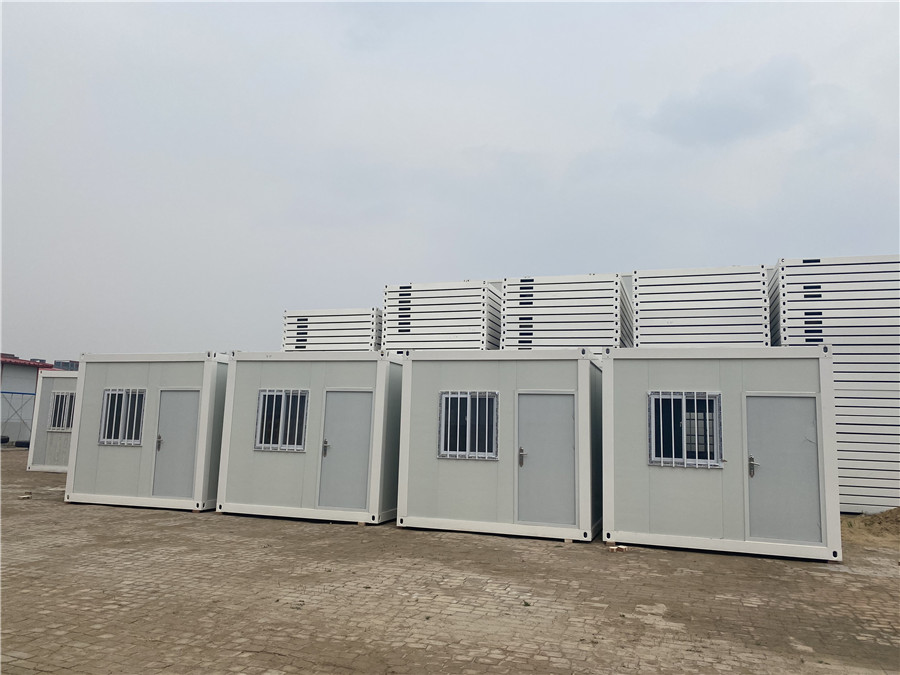
What Is a Shipping Container Home? A shipping container home is a dwelling made from steel shipping containers—large reusable intermodal containers that transport goods. Shipping containers are available in two sizes: 20 feet by 8 feet or 40 feet x 8 feet: The 20-foot containers are 160 square feet, while the 40-foot shipping containers offer 320 square feet of living space. You can use these containers as a standalone home or personal office, or you can combine multiple containers to create a multilevel residence. Shipping container homes, like tiny houses, RVs, or silo homes, are rising in popularity as potential homeowners seek out alternative building solutions to the traditional multi-bedroom house.
What Are the Advantages of Shipping Container Homes?
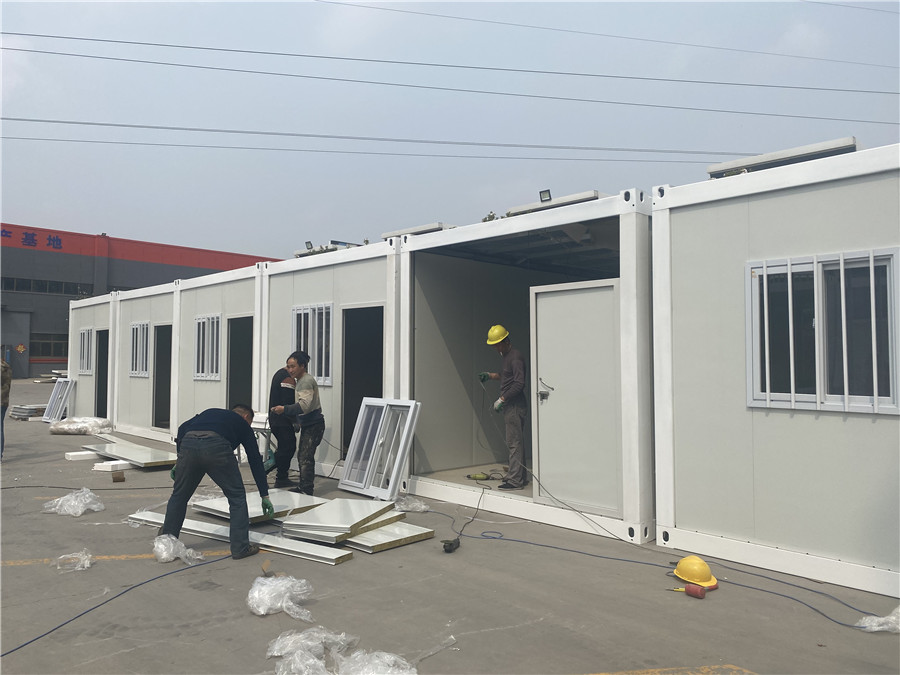
Shipping container homes are durable, cost-effective, and customizable:
They can be more cost-effective than traditional housing. You can purchase a container home for as low as $10,000. They are typically more cost-effective than conventional housing because they require fewer building materials and labor to construct. You can lower the cost of customizing your container housing by renovating the dwelling using your DIY skills.
They’re quick to construct. Some contractors can build a shipping container home in under a month. However, hiring a professional to build your container dream home can be pricey. To avoid hefty construction costs altogether, you can purchase a prefabricated container home from a growing list of companies specializing in building prefab homes off-site.
They’re modular homes. Shipping container homes are easy to modify. You can build a home with a mix of 20- and 40-foot containers. You can also combine multiple containers to create a larger home with a living room, dining room, extra bedrooms, a second floor, or even a container guesthouse.
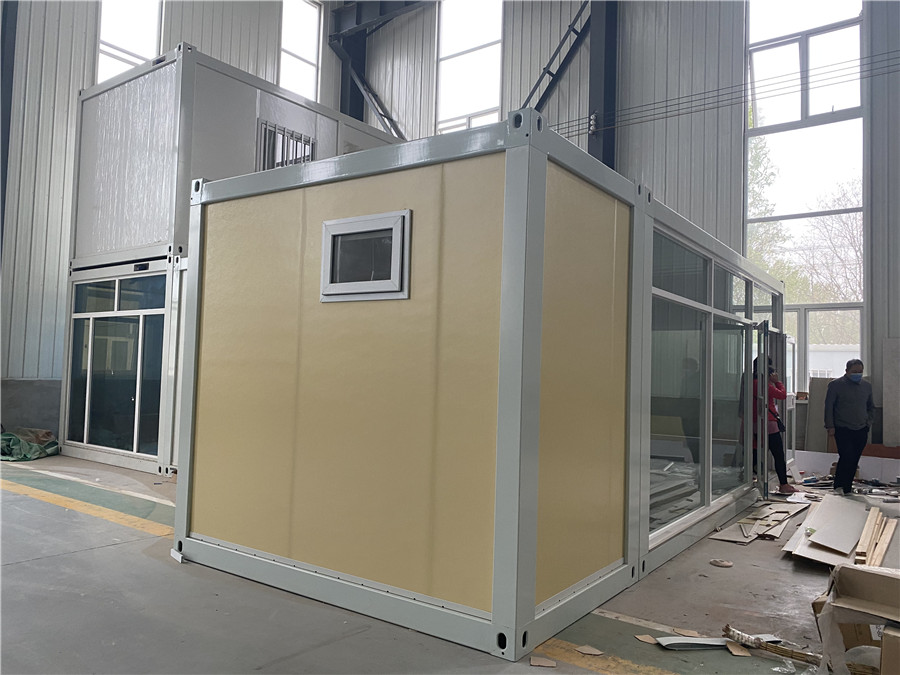
They’re durable. Manufacturers typically use corten steel to build shipping containers. This self-healing steel protects cargo during transport across bodies of water. Shipping container homes made from weathering steel can likely withstand inclement weather conditions better than traditional housing. They can be mobile. You can use a dedicated shipping transportation service to pick up and relocate an off-the-grid single-container house anywhere in the world.
They’re modular homes. Shipping container homes are easy to modify. You can build a home with a mix of 20- and 40-foot containers. You can also combine multiple containers to create a larger home with a living room, dining room, extra bedrooms, a second floor, or even a container guesthouse. They’re durable. Manufacturers typically use corten steel to build shipping containers. This self-healing steel protects cargo during transport across bodies of water. Shipping container homes made from weathering steel can likely withstand inclement weather conditions better than traditional housing. They can be mobile. You can use a dedicated shipping transportation service to pick up and relocate an off-the-grid single-container house anywhere in the world.
What Are the Disadvantages of Shipping Container Homes?
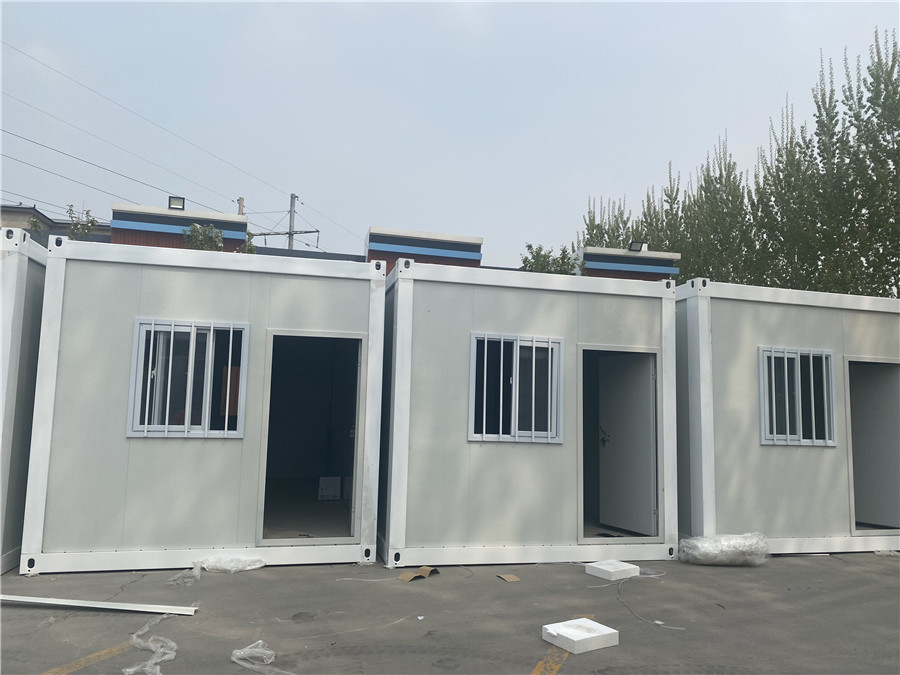
Shipping container homes have a few notable disadvantages:
Obtaining building permits can be difficult. As a relatively new phenomenon, it can be difficult to obtain the necessary permits to build your shipping container house in some regions. However, there are several places in the United States (including Texas, California, Colorado, and Oregon) and abroad (including China, New Zealand, and Costa Rica) that host shipping container homes and have regulations in place. Ask your local city planning office for more information about building codes, zoning restrictions, and permitting requirements for container housing.
Shipping containers are not always eco-friendly. Many proponents tout container living as a great way to recycle old containers, but some home buyers prefer to convert new containers into housing. Used shipping containers are more eco-friendly, depending on the history of use. Used containers can incur damage while transporting goods, or have a history of transporting dangerous chemicals. These factors make repurposed shipping containers a less ideal option for some potential container home buyers. Modern appliances can be difficult. Unless you plan to live off-grid, you’ll need to find a reliable licensed electrician who is familiar with shipping container architecture to design and install custom electrical setups for your house. You’ll also need to hire a plumber to install the necessary plumbing work. If your location doesn’t have access to electricity, you may need to hire a contractor to install solar panels onto the roof.
They often need reinforcements. While storage containers are built out of durable steel, you can compromise their structural integrity with certain modifications—for instance, cutting holes for a door or large windows. While shipping containers can withstand certain weather conditions, the weight from heavy snow can cause the roof to bow if the corner castings aren’t strong enough. You will need to hire a contractor to reinforce load-bearing walls or install a sloped rooftop.
5 Ways to Prepare for Your Shipping Container Home
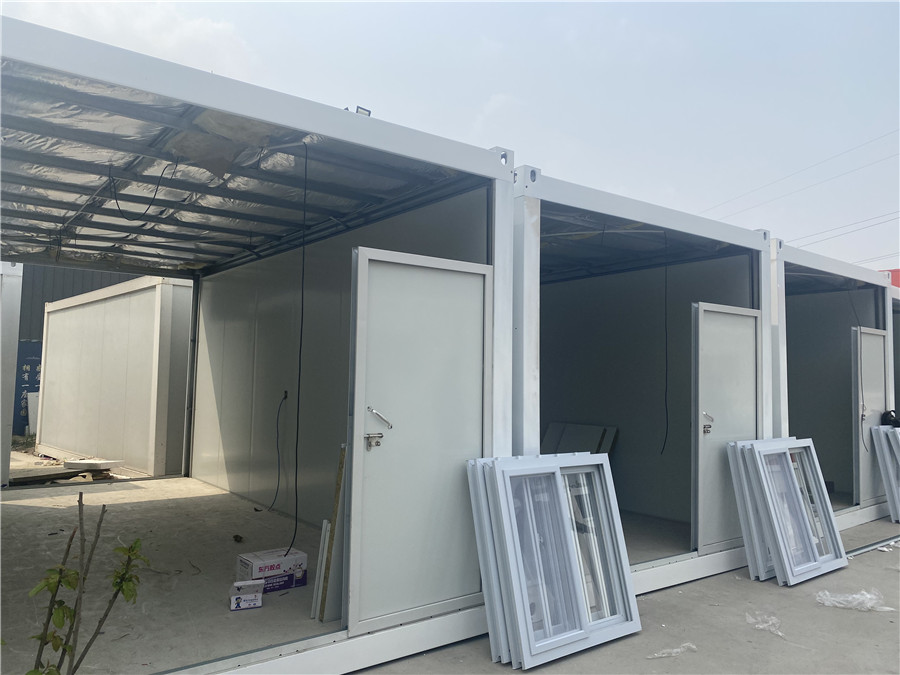
Here are some tips to prepare you for purchasing your first shipping container home.
Be prepared for the costs. Many people begin container building projects because they think it will be inexpensive. Shipping containers alone cost thousands of dollars, not including the labor costs for complex and custom construction. High-end shipping container homes or larger homes can cost as much as traditional housing. Keep your budget in mind before you begin shopping for container home designs.
Contact your city planning office. While traditional houses have zoning rules and building regulations, your local government may not have set regulations in place for container homes. Contact your city planning office and request information regarding regulations for non-traditional homes. Find out if there are any special considerations you need to make when designing your own container home plan.
Design with natural light in mind. Steel shipping containers do not have access to natural light. When designing your floor plan, consider installing glass doors or skylights to make your interior space look bright and open. If the space is too small, consider purchasing a high-cube container, which is slightly taller than a traditional shipping container.
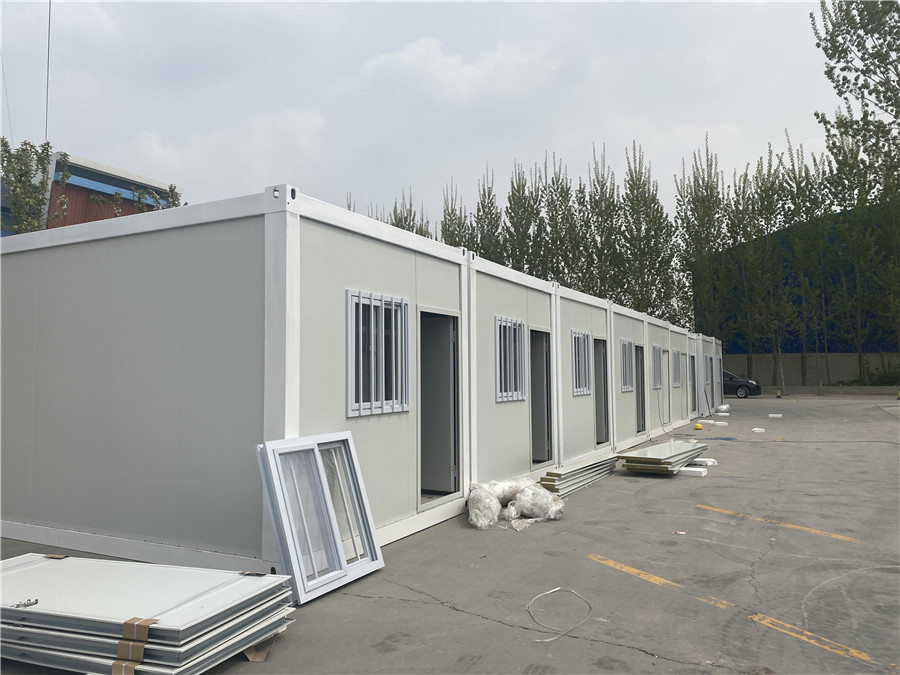
Inspect your container before purchase. As with any big-ticket purchase, it’s important that you see your container home in person before you buy it. Look for dents in the siding, rusting on the exterior, and leaks, which can be expensive to fix during construction. Note the limitations. Shipping container structures are made from heavy steel to transport goods, so they don’t feature the necessary accommodations for a traditional living area. Door holes, window holes, and snow on the roof can compromise the structural integrity of your container. Understand the limitations of the structure before making a purchase.
Edited by Cindy |